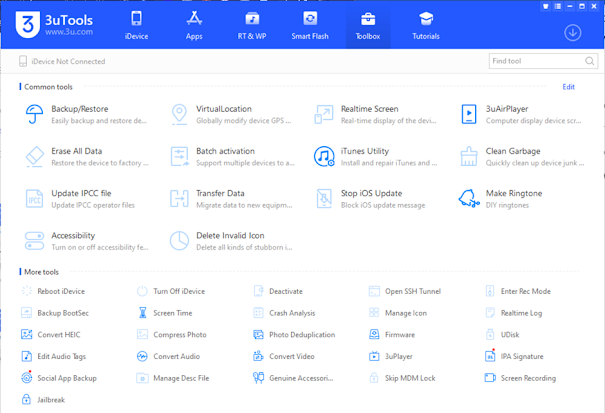Reflected XSS: Malicious Script is Reflected Off a Web Server and Delivered via URL or Input
Web security is an essential aspect of maintaining the integrity, privacy, and trustworthiness of online platforms. Among the many vulnerabilities that can affect web applications, Reflected Cross-Site Scripting (Reflected XSS) stands out as a prevalent and dangerous threat. This blog delves into the core of reflected XSS, exploring how it works, real-life cases, exploitation techniques, and how to secure your applications from it.
What is Reflected XSS?
Reflected XSS, also known as Non-Persistent XSS, occurs when a malicious script is embedded in a URL or form input, and the server reflects that input in the HTTP response. The script is then executed in the victim's browser when they click the malicious link or submit the form. Unlike Stored XSS, where the script resides permanently on the server, Reflected XSS is executed immediately and doesn’t persist.
Attackers typically use social engineering techniques to lure users into clicking malicious URLs, often sent via email, chat messages, or even legitimate-looking websites.
How Reflected XSS Works
Here is a simplified process of how Reflected XSS works:
1. User Input: The attacker crafts a URL with malicious JavaScript embedded in a query parameter or form field.
2. Web Server Response: The web server reflects this input directly in the response page without proper sanitization.
3. Script Execution: When the victim clicks the link or submits the form, the malicious script executes in their browser.
4. Data Theft or Manipulation: The attacker can steal cookies, session tokens, perform phishing, or manipulate page content.
Example of Reflected XSS Attack
Imagine a search feature on a website like this:
https://example.com/search?query=test
The server reflects the search query back in the result page as:
You searched for: test
An attacker could change the URL to:
https://example.com/search?query=<script>alert('XSS')</script>
If the application doesn’t sanitize the input properly, the result page becomes:
You searched for: <script>alert('XSS')</script>
This script will execute as soon as the page loads, leading to Reflected XSS.
Real-World Case Studies
eBay Vulnerability (2014)
In 2014, eBay was found vulnerable to Reflected XSS, allowing attackers to craft malicious links containing JavaScript code. Victims who clicked on the links unknowingly gave away session cookies, opening doors to account hijacking.
Google Search URL Manipulation
Earlier versions of Google Search had minor Reflected XSS vulnerabilities, where search parameters could be manipulated to inject scripts. Google has since implemented strict output encoding and content security policies to mitigate such risks.
Why Reflected XSS is Dangerous
- Session Hijacking: Attackers can steal session tokens, leading to unauthorized access.
- Phishing Attacks: Scripts can modify the appearance of the website, mimicking login pages.
- Redirection to Malicious Sites: JavaScript can redirect users to attacker-controlled pages.
- Browser Exploitation: Malicious scripts can exploit browser vulnerabilities.
- Data Theft: Inputs in forms can be harvested silently.
Common Injection Points
- Search boxes
- Contact forms
- Login pages
- URL parameters
- GET and POST requests
- Feedback forms
How to Prevent Reflected XSS
1. Input Validation and Filtering
- Use whitelisting: Only allow specific characters or formats.
- Reject suspicious input patterns like `<script>`, `onerror`, `javascript:` etc.
2. Output Encoding
- Encode dynamic content before rendering in HTML, JavaScript, or CSS.
- Use frameworks/libraries with automatic context-sensitive encoding (e.g., React).
3. Use Security Headers
- Implement Content Security Policy (CSP) to control sources of executable scripts.
- Use X-XSS-Protection headers to enable browser-based XSS filters.
4. Avoid Dangerous Functions
- Refrain from using `document.write`, `innerHTML`, and other dynamic DOM methods.
- Instead, use safe methods like `textContent` and `setAttribute`.
5. Use Secure Frameworks
- Employ modern web frameworks that automatically escape outputs.
- Examples include Django, Ruby on Rails, Angular, etc.
6. Educate Developers
- Train developers to understand secure coding practices.
- Encourage secure code reviews and threat modeling.
7. Penetration Testing
- Conduct regular security testing, including XSS testing.
- Use tools like OWASP ZAP, Burp Suite, or Acunetix.
Detection Techniques for Reflected XSS
- Automated Scanners: Tools like OWASP ZAP and Nikto can scan for vulnerabilities.
- Browser Extensions: XSS detection tools help identify dangerous reflections in real time.
- Logging and Monitoring: Track unusual behaviors like script injection attempts in logs.
- User Reports: Empower users to report unusual popups or redirections.
Reflected XSS vs Stored XSS vs DOM-Based XSS
- | Type | Location | Persistence | Example Source |
- | ----------------------- | -------------------------- | ----------------- | --------------------- |
- | Reflected XSS | Reflected in response | Non-persistent | URL query |
- | Stored XSS | Stored on server | Persistent | Comment box |
- | DOM-Based XSS | Client-side (browser) | Non-persistent | JS manipulation |
Understanding the difference between these types helps in choosing the right mitigation techniques.
Impact of Reflected XSS on Businesses
- Reputation Damage: Customers lose trust in compromised websites.
- Compliance Violations: Violations of regulations like GDPR, HIPAA.
- Legal Consequences: Data breaches can lead to legal actions.
- Financial Loss: Security breaches cost businesses millions in recovery and fines.
Best Practices to Stay Secure
- Adopt the "never trust user input" mindset.
- Leverage Web Application Firewalls (WAF).
- Regularly update all libraries and frameworks.
- Stay updated on vulnerabilities via OWASP, CVE, and security blogs.
Conclusion
Reflected XSS is a silent yet potent threat that thrives on user trust and developer oversight. By executing malicious scripts via reflected inputs, attackers can perform serious attacks with minimal effort.
However, this vulnerability is preventable. Through robust input validation, secure development practices, and continuous monitoring, organizations can shield their users and systems from these silent intrusions.
Stay proactive. Stay secure. Understand the mechanics of Reflected XSS and make your web applications a safe space for users worldwide.






Comments
Post a Comment